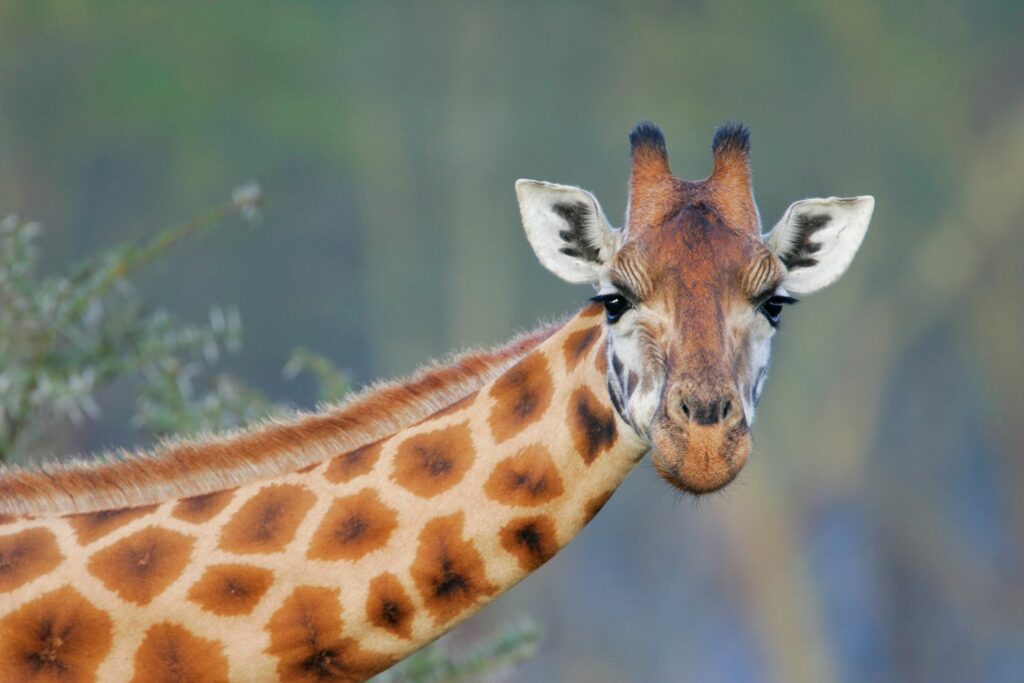“`html
</p>
U.S. Wildlife Officials Urge: Protect Giraffes Under the Endangered Species Act!
The Current State of Giraffes: A Looming Crisis
The giraffe is one of the most recognizable animals on the planet; however, it faces a bleak future. As of 2023, giraffe populations have declined by nearly 40% in the last three decades. The primary causes of this decline include habitat loss, poaching, and climate change. This alarming trend has prompted U.S. wildlife officials to advocate for the protection of giraffes under the Endangered Species Act (ESA).
Why Giraffes Are Declining
- Habitat Loss: Urban expansion and agricultural activities are encroaching on giraffe habitats.
- Poaching: Giraffes are hunted for their meat, skin, and bones.
- Climate Change: Alterations in weather patterns disrupt their food sources.
The Endangered Species Act and Its Importance
The Endangered Species Act is a powerful tool in the conservation toolkit of U.S. wildlife officials. It offers legal protection to at-risk species and their habitats, significantly enhancing recovery efforts. The inclusion of giraffes under this act would be a significant step toward stabilizing and potentially increasing their
New Safeguards Proposed for Giraffes Under the Endangered Species Act
On November 20, U.S. Fish and Wildlife Service officials announced a proposal for enhanced protections for various species of giraffes under the United States Endangered Species Act.
Species Classification Under the Proposal
The proposal seeks to classify West African, Kordofan, and Nubian giraffes as endangered. Meanwhile, Reticulated, Masai, Angolan, and South African giraffes would receive a threatened status accompanied by a 4(d) rule. This provision allows the FWS to create protective measures that are deemed essential for the conservation of these threatened species.
Notably, even though Reticulated and Masai giraffes would be officially designated as threatened under this new ruling, both Angolan and South African varieties—while not currently considered endangered—would operate under similar regulations due to their physical resemblance. This similarity complicates law enforcement’s ability to differentiate between these populations effectively.
Strategies Aimed at Giraffe Conservation
The proposed regulation outlines several initiatives aimed at combatting illegal hunting and trafficking of giraffes by mandating permits for their import into the United States. The proposal also includes limited funding allocations aimed at promoting conservation efforts related to these majestic creatures on both national and global levels. Further research is anticipated in order to bolster awareness regarding the alarming decline in giraffe populations.
“This initiative is set up to promote advances in giraffe conservation while ensuring that we do not exacerbate their precarious situation,” commented Martha Williams, director of the U.S. Fish and Wildlife Service.
!Reticulated Giraffe in Natural Habitat
Concerning Decline in Global Giraffe Populations
As reported by the Giraffe Conservation Foundation, there are approximately 117,000 wild giraffes remain across all habitats globally—a staggering drop of nearly 30% since the 1980s. In particular danger is the northern subspecies of giraffe; its numbers have plummeted from about 25,653 individuals down to just 5,919—a shocking decline approaching 77%. Alarmingly few remain within West Africa’s range.
“We’ve reached a point where there are fewer wildlife specimens of this iconic animal than elephants,” remarked Tanya Sanerib from the Center for Biological Diversity during an interview with The New York Times. “It’s like we’re witnessing an unnoticed extinction event.”
Factors Contributing to Population Decrease
This decline can largely be traced back to challenges such as poaching activities driven by demand-supply dynamics, climatic changes resulting in prolonged droughts affecting habitats unfavorably while urban expansion encroaches native landscapes crucial for survival. Data collected internationally up until last year revealed that vast quantities of trophies derived from poisoned or hunted specimens—including skins and skeletal remains—were making their way into U.S markets.
Stay informed on important updates! Sign up now for PEOPLE’s free daily newsletter—your go-to source keeping you updated with a mix from celebrity happenings down through poignant human interest narratives!
Advocacy Leading To Change
In its Red List published back in 2016—the International Union for Conservation of Nature classified all types encompassing “the single species” category as vulnerable toward extinction threats leading advocacy groups towards mobilization around federal protection petitions beginning in mid-2017.
Once finalized on November 21 through publication within Federal Register documents open public discourse will be facilitated over ensuing ninety days; anticipated closure on review could materialize over roughly one year’s timeframe thereafter according per reports sourced from The New York Times.
